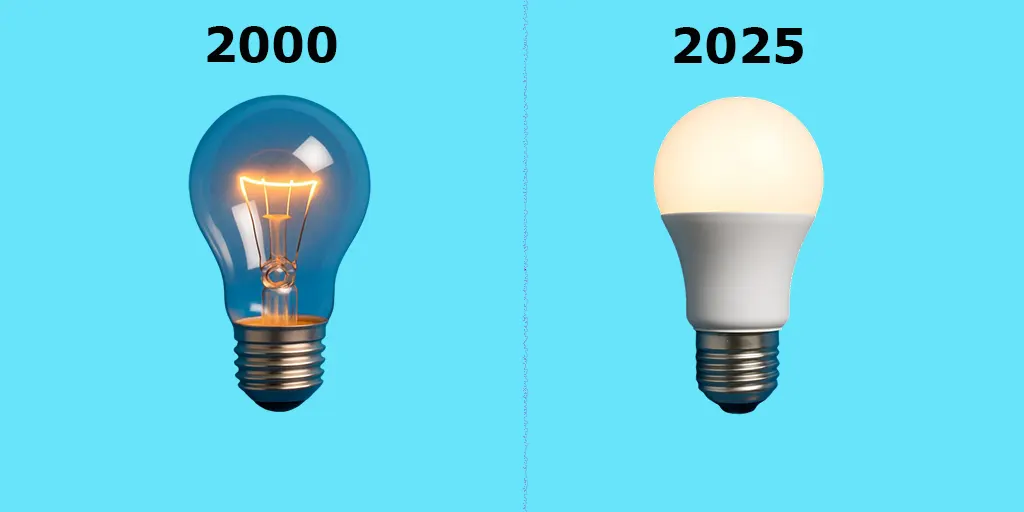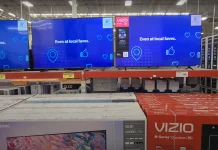The rise of LED lighting in the early 2010s completely transformed the way we think about light. With their low energy consumption and wide range of options—from standard LED light bulbs and LED strips to ceiling fixtures—LEDs quickly became the most popular choice for homes and businesses.
Before LEDs, incandescent bulbs were largely replaced by fluorescent lamps. While fluorescent lights were more efficient, they had major downsides: their brightness faded over time, and they required special disposal because of hazardous materials like mercury.
Today, the traditional incandescent light bulb is considered outdated. On average, it lasted only about 1,000 hours—a standard set by manufacturers as far back as the 1930s. That short lifespan raises the question many people still ask today: how long do LED bulbs last, and what is the true lifespan of LED lighting?
Nominal Service Life of LED Bulbs vs. Real-World Performance
According to manufacturers, the service life of an LED bulb is typically rated between 30,000 and 50,000 hours. That’s dozens of times longer than a traditional incandescent bulb, which lasts only about 1,000 hours. On paper, if you use an LED light for around 5 hours per day, it should last approximately 15 to 25 years.
In practice, however, the actual lifespan of LED lighting can vary greatly. From personal experience, the durability of an LED lamp depends heavily on manufacturing quality—and a higher price tag doesn’t always mean longer life. For example, I purchased several OSRAM bulbs, and within 30–40 minutes of use they began to flicker due to overheating. I replaced three lamps from the same batch, and every one of them had the same issue.
Cheaper Chinese LED bulbs deserve a separate mention. They are widely available and inexpensive, but buying them can feel like playing the lottery. Out of two I tested, one failed within a week and the other within a month.
On top of that, even good-quality LED lamps suffer from a natural limitation: a gradual reduction in brightness, known as lumen depreciation, as the diodes age. This means the bulb may still “work,” but its light output declines over time.
In the end, the real lifespan of an LED bulb largely depends on the quality of design, heat management, and production standards. Modern LED technology is much more reliable than it was a decade ago, but when choosing LEDs, it’s important to remember that brand reputation and build quality are often the deciding factors in how long your lights will actually last.
LED lamps in our time
LED lamps are often praised for their long service life, but they do not maintain the same brightness forever. Over time, light output gradually decreases, a process called lumen depreciation. After 500–1,000 hours of use, brightness may decrease by 10–20%. At 5,000–10,000 hours, the difference becomes more noticeable. The lamp will still work, but it will not shine as brightly as when it was new.
This is because the materials inside LEDs are sensitive to heat. The higher the temperature, the faster they degrade; this is a natural process. This is why LEDs last much longer in cooler conditions—for example, a lamp in a refrigerator may last longer than the same lamp used in a ceiling fixture.
Modern technology has improved significantly. Many new bulbs hardly lose any brightness over time. Instead, when they fail, it is usually due to faulty electronics or LED burnout.
In everyday use, the lifespan of an LED bulb depends mainly on the quality of its manufacture. A poor-quality bulb may burn out in just a month, while cheaper models usually last one to two years. On the other hand, high-quality LEDs can provide stable and reliable lighting for five to seven years or more.






